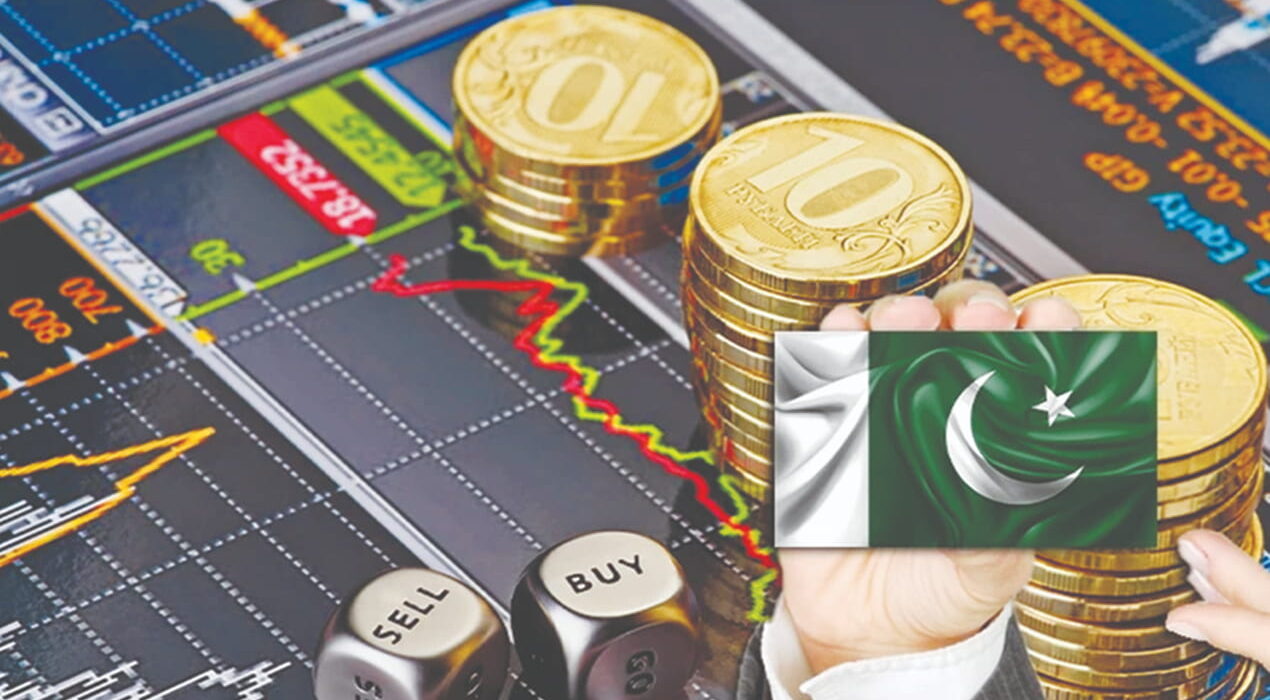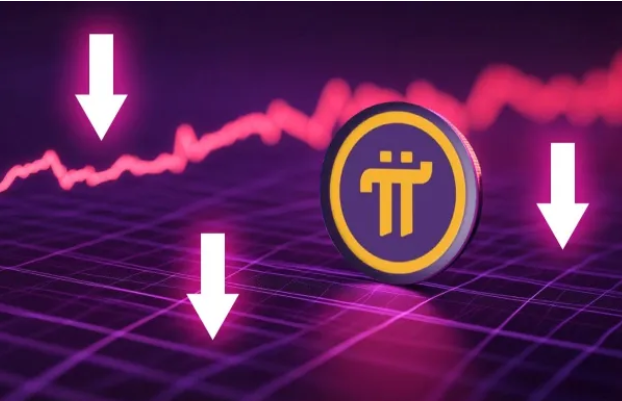The Saudi Riyal (SAR) traded at Rs75.01 against the Pakistani Rupee (PKR) in today’s open market, slightly lower than Rs75.02 on September 24 and down from the peak of Rs76.03 recorded on July 28, according to currency dealers. The selling rate was noted at Rs75.58, reflecting market adjustments and steady remittance inflows that continue to shape exchange dynamics.
The Saudi Riyal remains a cornerstone of Pakistan’s economy due to strong bilateral ties with Saudi Arabia, where millions of Pakistani expatriates are employed in key sectors such as healthcare, construction, and hospitality. According to the State Bank of Pakistan, remittances from Saudi Arabia reached $913.3 million in May 2025, marking the largest contribution among all countries. From July 2024 to May 2025, Pakistan’s remittance inflows climbed to $34.9 billion, showing a 28.8% year-on-year increase.
At today’s rate, 1,000 Saudi Riyals equals Rs75,010, compared to Rs75,020 yesterday. While this minor dip slightly reduces household purchasing power for daily needs, education, and healthcare, it provides some relief to businesses importing oil and petrochemicals, thanks to the Riyal’s dollar peg. The adjustment also supports Pakistan’s trade balance by easing import costs.
On the macroeconomic front, the Saudi Riyal continues to strengthen Pakistan’s financial stability. Foreign exchange reserves crossed $11 billion in October 2024, providing a buffer against inflation and external debt pressures. Meanwhile, the Rupee’s relative weakness improves export competitiveness, contributing to broader economic resilience.
Overall, the Saudi Riyal’s slip to Rs75.01 underscores the importance of monitoring exchange rate movements. For millions of Pakistani households, the Riyal remains a lifeline, while for policymakers, it remains a key factor in economic planning and fiscal stability.






